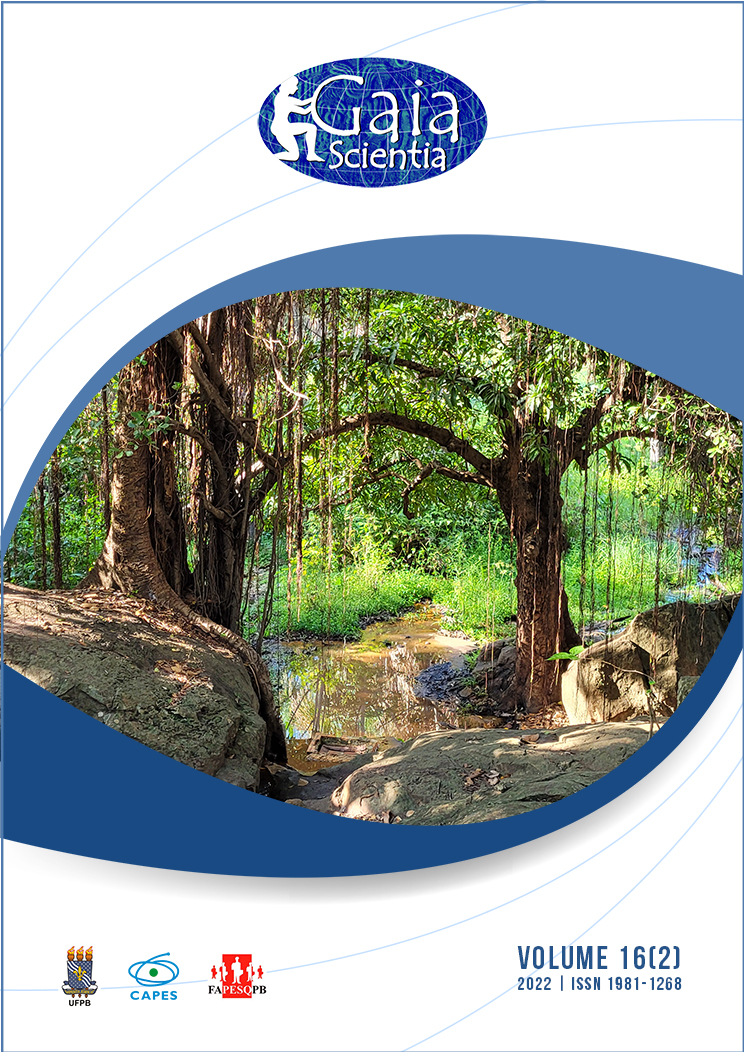Sewage collection network obstruction index for Dourados/MS - Brazil
DOI:
https://doi.org/10.22478/ufpb.1981-1268.2022v16n2.61882Abstract
The objective was to develop methods for estimating the Annual Obstruction Index of the Sewer Network (IAORCannual), Average Monthly Obstruction Index (IORCmonthly), and Zone Obstruction Index (IORCzone) to Dourados/MS - Brazil. They obtained correlated the numbers of service orders provided annually with the referring diameters and the regions of greatest blockages occurrences. In this way, the obstruction rates by monthly and annual average, stratified by collector diameters, enabled a general diagnosis of the degree of recurrence of obstruction events in the sewage system in the analyzed year. They also demonstrated that networks with a nominal diameter of 100 mm present a proportionally higher frequency of clogging. The regionalized index allows a detailed description of the region’s operational system and can be used as a guide for preventive maintenance actions. The structured GIS database also allows for broadening the picture for decision-support tools. Finally, it is emphasized that the maintenance and addition of new information plans to the database will enable complex analyses, such as the risk factors involved in obstruction events.










